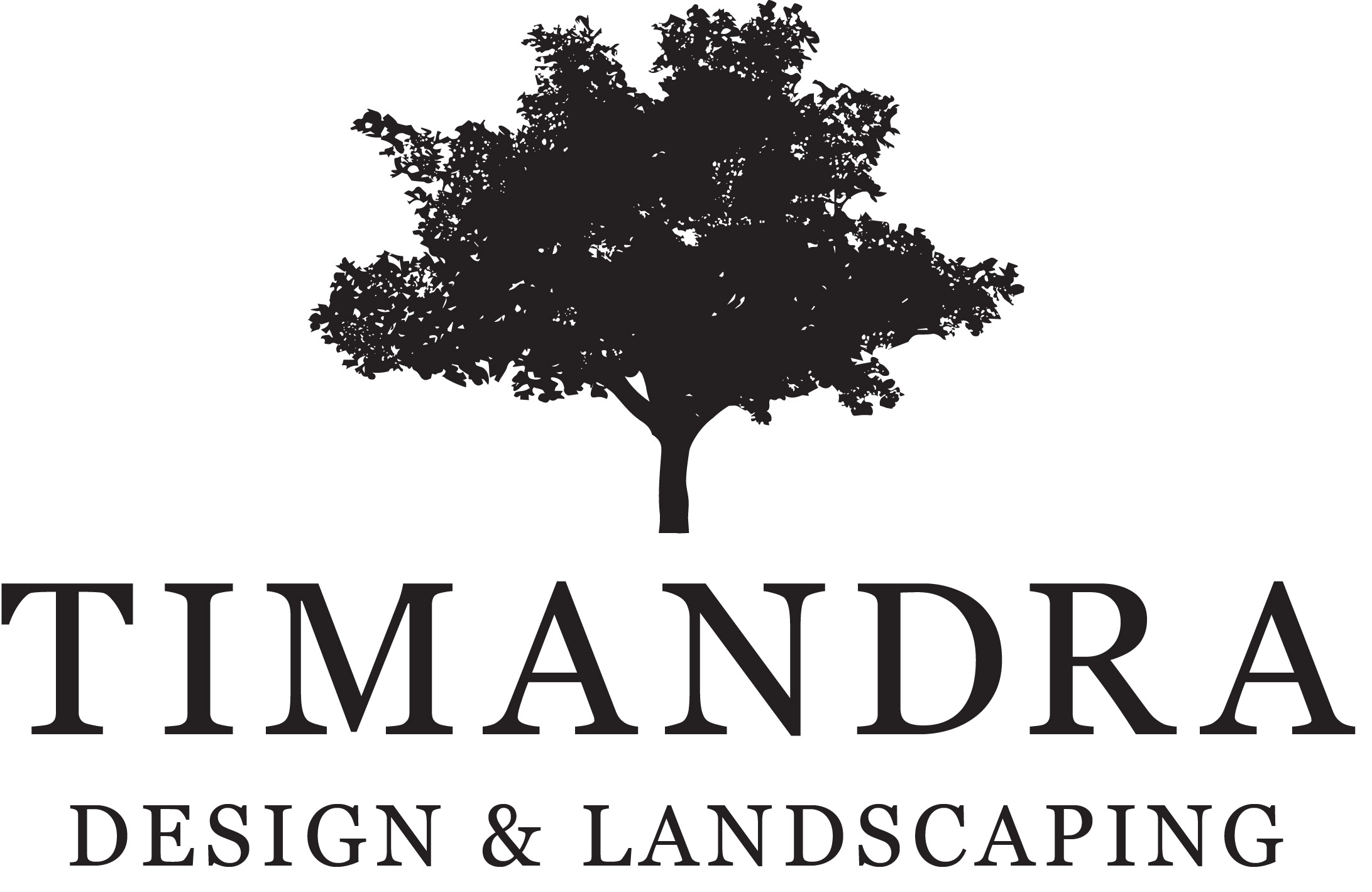This is a personal perspective from a serious sustainable landscape designer and should be read in this vein. The post is designed to be contrary and to make people think!
Most people have a tendency to copy trends with their gardens. A few individuals are brave enough to design their own garden that is different – and it is these gardens that buck the trend, that stand out.
When you look at the gardens that the English put forward at places like the Chelsea Flower Show, their gardens often have a much more simplistic and natural style about them – plants are used to make the pictures. So why are so many Australian gardens about the use of hard landscaping en masse with structures and decking used instead of plants?
McMansions as homes have come under a lot of scrutiny and criticism. Mostly because they make a statement – “look at me, I’ve got money!” Unfortunately gardens have followed this style to ‘complement’ the garishness of the homes. What has happened to ‘understated beauty’?
Consider the gardens that win the awards in Australia through the Landscape Associations and Landscape Architecture. With the exception of a few, where specialist sustainable designers enter their gardens, the bulk are an expose of manufacture. And the bulk of these landscapers are from the building trade, many with little or no knowledge of plants and their ongoing care. With their knowledge being based on structures, walls and so on, no wonder the bulk of the award winning gardens are so artificial.
When home gardeners view these winning gardens, the assumption is that this is the way to do it. And so we get the home-owner do-it-yourself makeover that is a rendition of something that they have seen that the media fussed about because it won. These manufactured gardens look artificial, with plants often lasting less than 5 years.
If the home gardener just kept their ideas simple, then they would have a much better garden, and be proud of their efforts. There is so much competition in life these days with everyone trying to outdo others, the simplistic aspect of living is being lost. Gardens should be simple places of enjoyment. Not ‘Tea Houses’ or broad expanses of decking, concrete walls, with chunky chairs and tables for plants!
I feel that the encouragement through the awards processes, for both display gardens and real gardens, is enabling the artificial building aspect of gardens to be seen as the norm. I believe that we need to turn back the clock and realise that all of this totally unnecessary energy use is having a seriously detrimental effect on our environment and we need to reconsider what a good garden really is. The question needs to be asked “Are we making gardens, or extending our homes?” which of course is most definitely the case. And the McMansion owners are encouraging it. Obviously, I am not a supporter.

